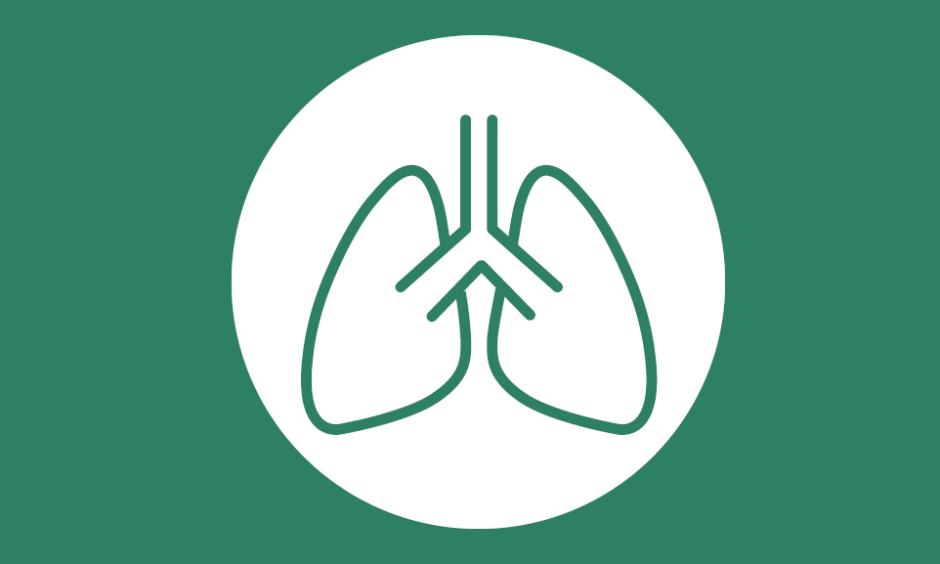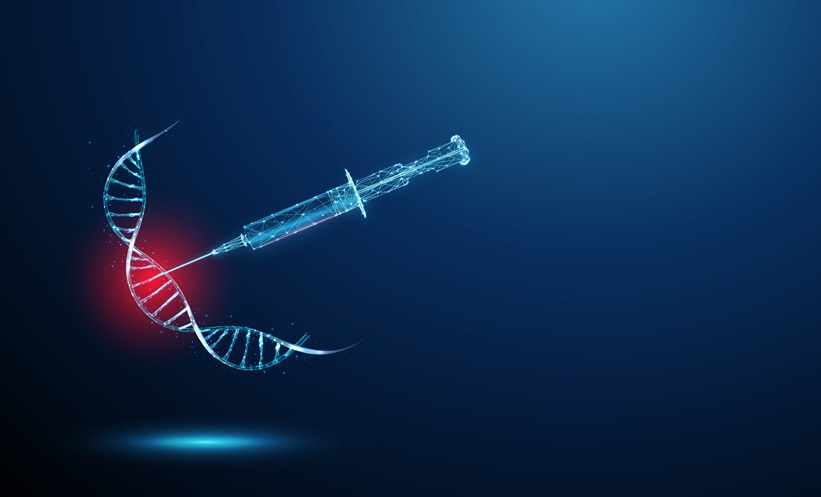Abstract
In light of the rapid developments of the coronavirus disease 2019 (COVID-19) epidemic in China, a panel of experts came together on 12th February at the Royal College of Physicians in London, UK. The experts discussed current data on COVID-19 and the measures being taken by Public Health England (PHE).
According to Prof Jimmy Whitworth, from the London School of Hygiene and Tropical Medicine (LSHTM), in London, UK, COVID-19 is clinically very similar to a severe flu to which the population has no immunity and for which a vaccine is not available. Therefore, a severe strain could be put on health services if this became a UK epidemic. This could have wider implications on daily life such as transport, food supplies, and mass gatherings.
THE WEAKEST LINK
A point of concern also highlighted by Prof Maria Zambon is poor preparedness for such an outbreak in low-resource settings. Certain countries in Africa and Asia are highly vulnerable to this outbreak so the speakers communicated the importance of global solidarity and help to equip countries that have relatively limited public health structures.
Prof Whitworth explained that a small number of young people, who were apparently well, have died. Interestingly, mild cases make this a more challenging disease to identify, unlike severe acute respiratory syndrome (SARS) which was more easily identifiable because of the severity of the symptoms.
VIROLOGY AND DIAGNOSTICS
Prof Maria Zambon, Director of Reference Microbiology Services at PHE, explained that bats are a known source of great diversity of coronaviruses; it remains unknown whether bats were the direct source of novel coronavirus (2019-nCoV) or if there was an intermediate species involved. Prof Zambon emphasised the key role academic research has played in helping the understanding of the biology of bat viruses, a commonly neglected area of virology.
Current diagnostics are based on available methods (pancoronavirus assays) combined with new diagnostics developed in partnership with experts who worked during the SARS and Middle East respiratory syndrome coronavirus (MERS) outbreaks. These new diagnostics target various regions of the virus genome and when used in combination with the existing diagnostics give a high degree of specificity and sensitivity. Currently, Prof Zambon explained, as many as 600 cases of COVID-19 are being evaluated nationally every day; however, the aim is to greatly expand diagnostic capability at a national level from early March.
Prof Zambon suggested that a key question remains: whether the lower respiratory tract would be a better sample for testing, although access to this poses limitations.
DISEASE MODELLING
Prof John Edmunds, Dean of Faculty of Epidemiology and Population Health at the LSHTM, emphasised that currently there are no reliable estimates of the case fatality ratio due to the long delay between onset and death and thus its underestimation. Data from exported cases, however, might be useful for inferring the accurate epidemiology in Wuhan, China. Prof Edmunds stated that the observed decrease in new cases in Wuhan could either be because of imposing restrictions on movement or the depletion of the susceptible population in the city.
CASE DEFINITION
Dr Susan Hopkins, Healthcare Epidemiologist Consultant in Infectious Diseases and Microbiology from the PHE Incident Management Team, explained that UK authorities had to make the difficult decision to expand the case definition to include people travelling to a number of places outside Wuhan and China to get ahead in identifying cases. This was triggered by the third case of the virus to be confirmed in a patient from the UK, who had been infected in Singapore.
Dr Hopkins highlighted that the authorities are developing interventions to reduce pressure on the NHS and disrupt transmission chains by contact tracing, ensuring there are adequate supplies, and scaling up isolation facilities
in hospitals.
PREVENTING UK TRANSMISSION
Prof Chis Whitty, Chief Medical Officer for England, outlined that in the current plans there are two scenarios for the future: the epidemic staying in China with some spill-over; the other that coronavirus is not contained in China.
The first tactical aim, Prof Whitty explained, is to contain the epidemic and stop sustained transmission in the UK. At this stage, case finding and isolation are key; a small number of cases going unnoticed could create a big problem.
In the next phase, where the epidemic has started rolling across the world but is not yet prevalent in the UK, delay and helping the public prepare take precedence over stopping one single case from passing through. This means that authorities would pivot away from isolating to bracing the NHS for a wave of people with the disease. School closures and social distancing could also be considered although it remains unclear which of these measures would be effective.
Prof Whitty stressed research as one of the four tactical objectives in tackling the outbreak, focussing on virology, epidemiology, disease modelling, and analysis of human behaviour. He highlighted the importance of developing vaccines and drug repurposing, such as HIV or antimalarial drugs for treating the disease.
In the possible final phase of peak epidemic, whereby the epidemic would enter the UK, there will be a plan for mitigation to establish minimum impact on the NHS and maximum impact on patient health, Prof Whitty added.
Question and Answer Session
Have we got enough intensive care unit beds to cope?
As Prof Whitty explained, there are plans in place for a range of scenarios. An epidemic with a mortality rate of 2% occurring suddenly would be at the top end of what rate to expect and would cause a period of trouble. However, if this rate was transpiring more slowly, there may not be any associated problems, particularly if they occurred during the summer months. In severe cases, symptoms may persist for a long duration resulting in more long-stay patients.
Prof Edmunds added that this is more likely to be an extended epidemic as the serial interval and incubation time are longer than for the flu. The disadvantage of this is that the epidemic would last longer. As the reproduction number appears to be higher than for flu, there might be more infections if the disease becomes established.
In the face of the transparency of other ministries of health, how does Public Health England’s very limited sharing of data help communicate information to a very worried public?
Prof Whitty emphatically replied that the people who are managing this epidemic spend approximately half of their time communicating and agreed that communication is key. Dr Hopkins highlighted that there has been unprecedented scrutiny on the patients, outlining the importance of preserving patient confidentiality. She added that patients have been open about who their contacts are and have shared mobile phone and contact data to allow authorities to deliver a health response. As a result of this, the authorities have been able to contact hundreds of people.
Do facemasks reduce transmission? In China people have been told to wear facemasks in public.
The compulsory use of mask usage outdoors in Hubei, China, has caused a mask shortage and an increase in price, thus preventing poorer people from going out, Dr Whitworth said. He also stressed that there is no evidence that masks work, particularly for people who are asymptomatic. Dr Edmunds added that there is evidence that people who are symptomatic may reduce the chance of spreading the disease by wearing masks, however for individuals who are well, wearing a mask is a redundant activity. Finally, the importance of covering your mouth when you sneeze or cough and washing your hands in helping to reduce transmission
were emphasised.
The UK’s approach diverges from other countries in terms of the large number of Asian countries included in the case definition. Why is our case definition different?
As the true epidemiology is not yet clear, Dr Hopkins explained, we are in a situation of lack of information. The third case of coronavirus in the UK spurred the authorities on to try to get ahead of this. If this revision in the case definition had not been made, we would be in a state of community transmission, Dr Hopkins added.
Prof Whitty added that we are currently hoping to prevent a single transmission in the UK. After careful consideration, it was decided we could not have a single case definition that was only dependent on China.
What do we know about coronaviruses in particular? What do we understand about its pathogenicity moving as it passages through people?
Prof Zambon highlighted that genetic events have the potential to alter the pathogenesis of the virus, so it is important to monitor what is happening to the virus from a genomic perspective. She also explained that
understanding the role of children in this epidemic is difficult; it seems to be an age-related phenomenon as severe cases increase with age.
How will school closures help in the control of the outbreak knowing that 90% of the cases are in patients over the age of 30?
Prof Edmunds explained that the age distribution is close to what we would expect, if the initial cases who were mostly adults attending the Wuhan market and people travelling for business purposes are excluded. Dr Whitty added that there are unknown parameters such as the susceptibility of children, the severity of this disease in children, and the infectiousness in children. School closures would depend on how infectious children are. In his closing remarks, Dr Whitworth made his beliefs known that there are likely a lot of missed infections in children who might have a milder form of the disease and thus go undetected.







